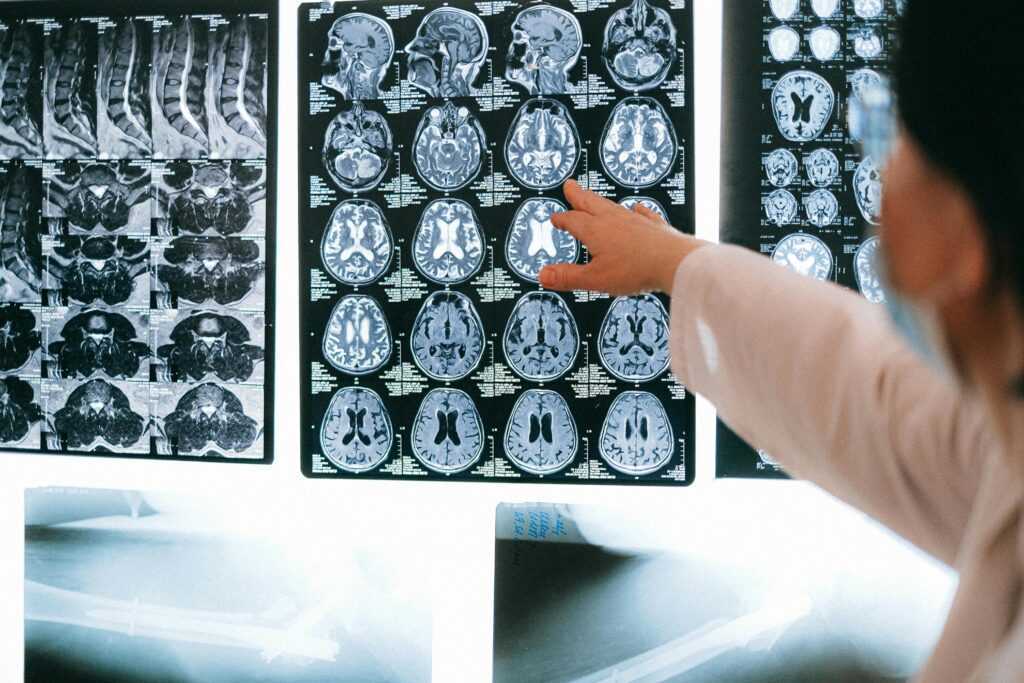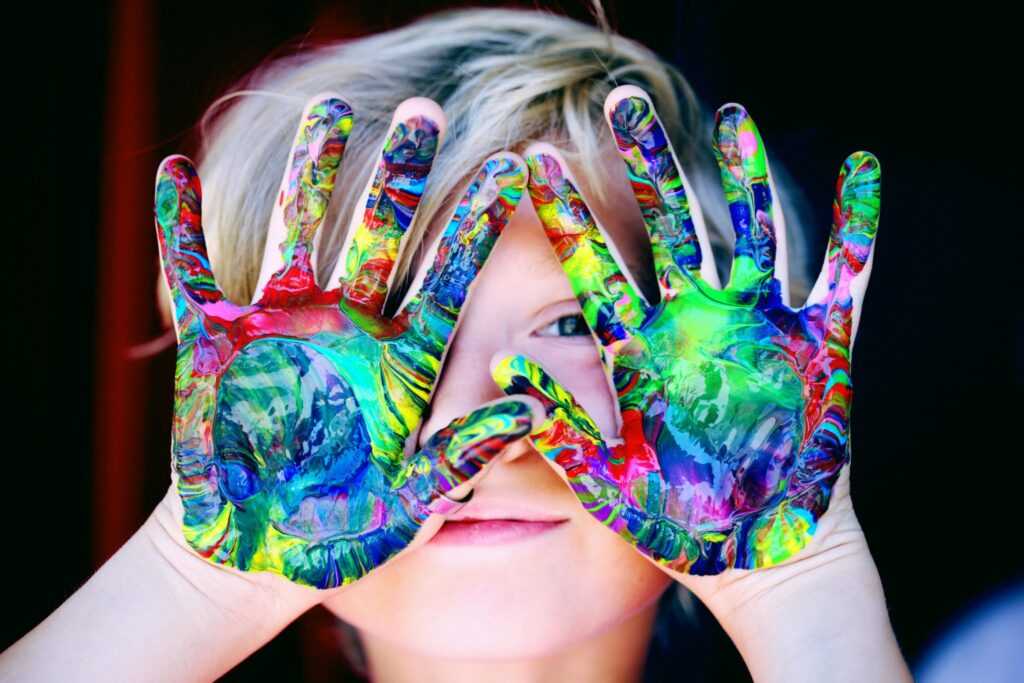While some might argue that anger has a bright edge and might even fuel (positive) action in terms of personal growth, experiencing it often feels more like carrying heat that seeps into every cell. The weight of that heat doesn’t stop at one life. It will usually slip across family lines, time itself. Understanding how anger is passed down through generations should start with an honest look at what happens inside the body and the patterns families repeat without giving them a second thought. That’s what we’re about to explore.
Family Scripts and Silent Training
Families teach without formal lessons; without saying: listen up, class. Children will pick up cues from the air of the house – the slam of a door, the way a voice cracks, the sudden silence after a Friday night fight. What began as observation will, through time, become practice. Parents who rarely explain their feelings leave much space for imitation.
The mind stores these lessons with surprising detail. A child raised in a room charged with sharp words might grow into an adult who feels tension at the smallest spark. They mightn’t notice it until they’ve got their own household, where the same cycle starts again. Somewhere in the middle of this loop, there’s a hidden truth: the consequences of suppressing anger – among others, anxiety and depression – will often shape the next generation as much as open conflict does. Quiet resentment or unspoken rage can be as instructive as shouting, often harder to spot.
A Body That Reacts Before the Mind Decides
Before it becomes a clear thought, anger will present itself as a physical storm. Muscles tense, breath tightens, the heart drums faster. Blood pressure spikes. According to scientific research, energy hormones – adrenaline and noradrenaline – will flood the bloodstream; they’ll set off a surge that can feel electric. As said, these reactions arrive before words form, thus creating a reflex that feels both sudden and ancient.
Like many of our other reactions, this bodily response has roots in survival. Early humans had to rely on the fight-or-flight response to stay alive. That same jolt still prepares us to defend or confront (even when the supposed life-threatening danger is nothing more than an insult or a traffic jam). Over the years, the body remembers the drill, and families can come to expect it. Children watch parents suddenly switch tone, clench fists, and close off. This is how anger is passed down through generations.
Like many human reactions, anger stems from survival.

History Woven Into Genes
Science adds another layer; trauma can alter the way genes express themselves. This is called epigenetic change, a small shift in how DNA functions without rewriting the code itself. Stress hormones, repeated often, will set these changes in motion. That means the imprint of prolonged anger or trauma might pass to a child before they’ve taken their first breath.
The idea is both startling and clarifying. A person might inherit a tendency for heightened stress responses not because they’ve witnessed conflict, but because the body of a parent carried that tension for years. This, fortunately, doesn’t make the future downright inevitable, but it does highlight the need for awareness and care that goes beyond one person’s effort to calm down.
Breaking a Chain That Feels Invisible
Cycles hold power because they remain unexamined. Breaking them starts with noticing. Therapy, honest family conversations, and analog or digital journaling. These will open space between reaction and choice. Awareness is not a quick fix, but it builds a map.
Some families discover new rituals: a walk after dinner instead of an argument, a moment of breath before a response. These small moves shift the atmosphere over time. Children growing up in a calmer home learn different scripts, even if they still feel the normal waves of frustration and stress. The body learns a slower rhythm and carries that forward.
Culture, Community, and Shared Habits
Anger is also shaped by the wider world, by the culture that surrounds us. Cultural norms can make it seem acceptable to explode or, in contrast, they might demand that everyone keep emotions under strict control. Both extremes tend to leave their mark. Communities that value open discussion create room for release and understanding. Those who label anger as weakness may push it underground, where it will only grow sharper.
Support from outside the family – teachers, friends, neighbors – can provide alternate models of expression. A child who sees different ways to manage conflict can choose a new pattern, even when the household stays the same. Change doesn’t require perfect conditions.
There are always other modes of expression, like art.

The Middle Point of Awareness
Recognition changes everything. To see how anger is passed down through generations is to acknowledge that family history lives in both memory and the body. The observation alone can feel like a release. It turns a fog into something with shape and edges.
This awareness allows people to approach their own reactions with curiosity instead of shame. It invites a pause between trigger and action. That pause may feel small, yet it’s the hinge where transformation begins.
A Practice That Never Ends
Breaking inherited patterns is ongoing work. It won’t follow a neat timeline or offer a final victory. One should expect setbacks. Old reflexes appear without warning. Still, each choice to respond differently chips away at the old structure.
Parents who speak openly about feelings teach children that anger can be named and managed. Partners who listen without matching volume show that intensity is not the only answer. Communities that value mental health help families sustain the effort. These acts, repeated, will create a new inheritance.
Holding the Future Gently
The story of anger across generations is not a prophecy of doom, but a reminder of connection. The signals we send – through words, silence, and, yes, biology – reach further than we imagine. They can carry harm or healing.
Recognizing the depth of that reach gives weight to daily choices. A calm conversation today may echo decades later in someone else’s steadier heartbeat. Understanding how anger is passed down through generations points us toward that responsibility and the possibility of a joyful life and a quieter tomorrow.


